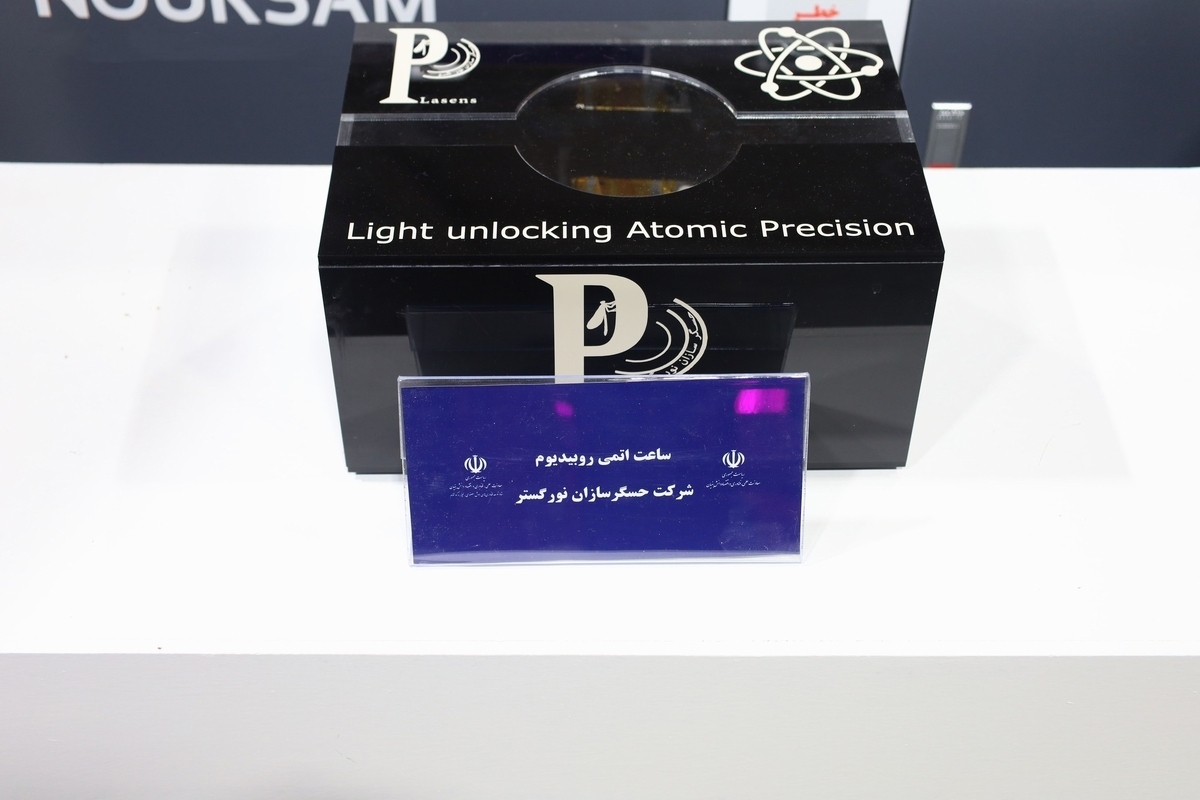Iran-Made Atomic Clock Measures Time with High Accuracy

Using an atomic clock, time can be measured with high accuracy. These clocks, which are also known as quantum sensors, have wide applications in various military and civilian fields.
The atomic clock has an accuracy of hundredths of a nanosecond and is made by using rubidium atoms for applications like showing the accurate timing and positioning (GPS), classical and quantum communications, etc.
This product is used in aerospace, navigation and reference frequency devices.
An atomic clock is a clock that measures time by monitoring the resonant frequency of atoms. It is based on atoms having different energy levels. Electron states in an atom are associated with different energy levels, and in transitions between such states they interact with a very specific frequency of electromagnetic radiation.
The accurate timekeeping capabilities of atomic clocks are also used for navigation by satellite networks.
An atomic clock is based on a system of atoms which may be in one of two possible energy states. A group of atoms in one state is prepared, then subjected to microwave radiation. If the radiation is of the correct frequency, a number of atoms will transition to the other energy state. The closer the frequency is to the inherent oscillation frequency of the atoms, the more atoms will switch states. Such correlation allows very accurate tuning of the frequency of the microwave radiation. Once the microwave radiation is adjusted to a known frequency where the maximum number of atoms switch states, the atom and thus, its associated transition frequency, can be used as a timekeeping oscillator to measure elapsed time.
4155/v





















